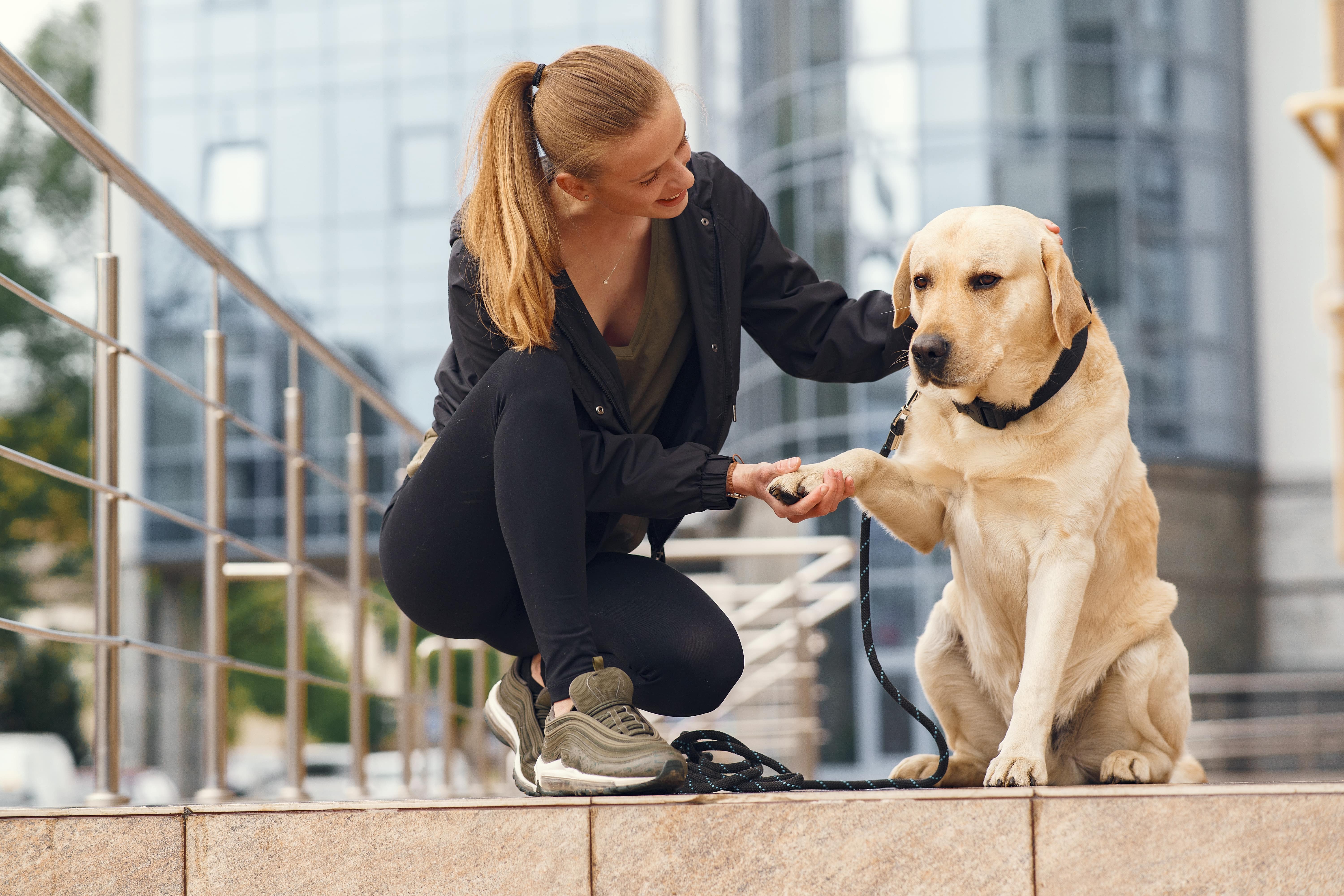
Introduction
Pet ownership is a journey filled with love, companionship, and unforgettable moments. One of the most rewarding aspects of having a pet is the ability to train them, channeling their energy into specific activities that strengthen the bond between you and your furry friend. Whether you have a lively Labrador, a curious Siamese cat, an energetic puppy, or a playful kitten, this blog post is your ultimate guide to training your pet for specific activities. From basic obedience to advanced tricks, we’ll explore the nuances of dog and cat training, offering insights into positive reinforcement techniques, different training methods, and the importance of consistency, patience, and fun in the process.
1. Understanding Your Pet: Dogs vs. Cats
Before diving into training methods, it’s crucial to understand the fundamental differences between dogs and cats. Dogs are pack animals, inherently social and eager to please, making them highly trainable. On the other hand, cats are more independent, requiring a different approach to training based on their natural instincts. Tailoring your training methods to suit your pet’s species is the first step toward successful training.
2. Basic Obedience Training for Dogs and Cats
Training Cues and Commands: Establishing clear and consistent cues for commands such as sit, stay, come, and heel is essential. Understand the importance of voice tone and body language in communication with your pet.
Positive Reinforcement Training: Explore the power of positive reinforcement through treats, praises, and affection. Learn about clicker training, shaping, luring, and capturing techniques that motivate your pet to respond to your cues eagerly.
Building Consistency: Dogs and cats thrive on routine. Discover how consistency in training schedules and methods is the key to reinforcing good behavior and eliminating undesirable habits.
3. Advanced Training Techniques: From Tricks to Specialized Activities
Trick Training: Delve into the world of trick training, teaching your pet entertaining and impressive tricks such as rollover, high-five, or even skateboard riding. Learn how to break down complex tricks into smaller, manageable steps for effective training.
Agility Training: Unleash your pet’s energy with agility training, a fun and challenging activity that enhances their physical and mental abilities. From weave poles to tunnels, explore how to create an agility course at home and train your pet to navigate it with finesse.
Specific Activities for Working Dogs: Tailor training for specific dog breeds based on their natural instincts. For example, herding dogs can excel in activities like fetching and herding, while retrieving breeds thrive in games involving balls and frisbees.
Specialized Training for Therapy and Service Dogs: Understand the unique training requirements for therapy and service dogs. From providing emotional support to assisting with daily tasks, learn how to train these exceptional canines to make a positive impact on people’s lives.
4. Cat Training: Nurturing Independence with Positive Reinforcement
Feline Obedience Training: Contrary to popular belief, cats can be trained too! Discover how to teach your cat to respond to cues like sit, stay, and come using positive reinforcement techniques. Understand the importance of patience and understanding your cat’s motivations.
Enrichment Activities: Cats thrive on mental stimulation. Learn about interactive toys, puzzle feeders, and climbing trees that keep your cat engaged and mentally sharp. Explore clicker training methods specifically designed for cats, making the training process enjoyable for both you and your feline companion.
5. The Role of Bonding, Fun, and Motivation
Building a Strong Bond: Training sessions are not just about teaching commands; they are opportunities to strengthen the bond between you and your pet. Discover how training fosters trust and mutual understanding, creating a deep, meaningful connection between you and your furry friend.
Keeping it Fun: Training should be enjoyable for both you and your pet. Incorporate games, toys, and positive interactions into your training sessions. Understand the importance of playfulness in maintaining your pet’s enthusiasm and motivation to learn.
Choosing the Right Rewards: Explore a variety of rewards, from treats to toys to verbal praises. Understand which rewards motivate your pet the most and use them strategically to reinforce good behavior and training achievements.
Conclusion
Training your pet for specific activities is a journey filled with excitement, challenges, and endless rewards. By understanding your pet’s species-specific traits, employing positive reinforcement techniques, and embracing the principles of consistency, patience, and fun, you can unlock your pet’s full potential. Whether you have a playful puppy eager to learn new tricks or a sophisticated Siamese cat curious about the world, the key lies in your hands – patient guidance, understanding, and heaps of love.
Embark on this training adventure with your pet, and witness the transformation of your relationship into a harmonious partnership based on trust, respect, and boundless joy.
Happy training!
